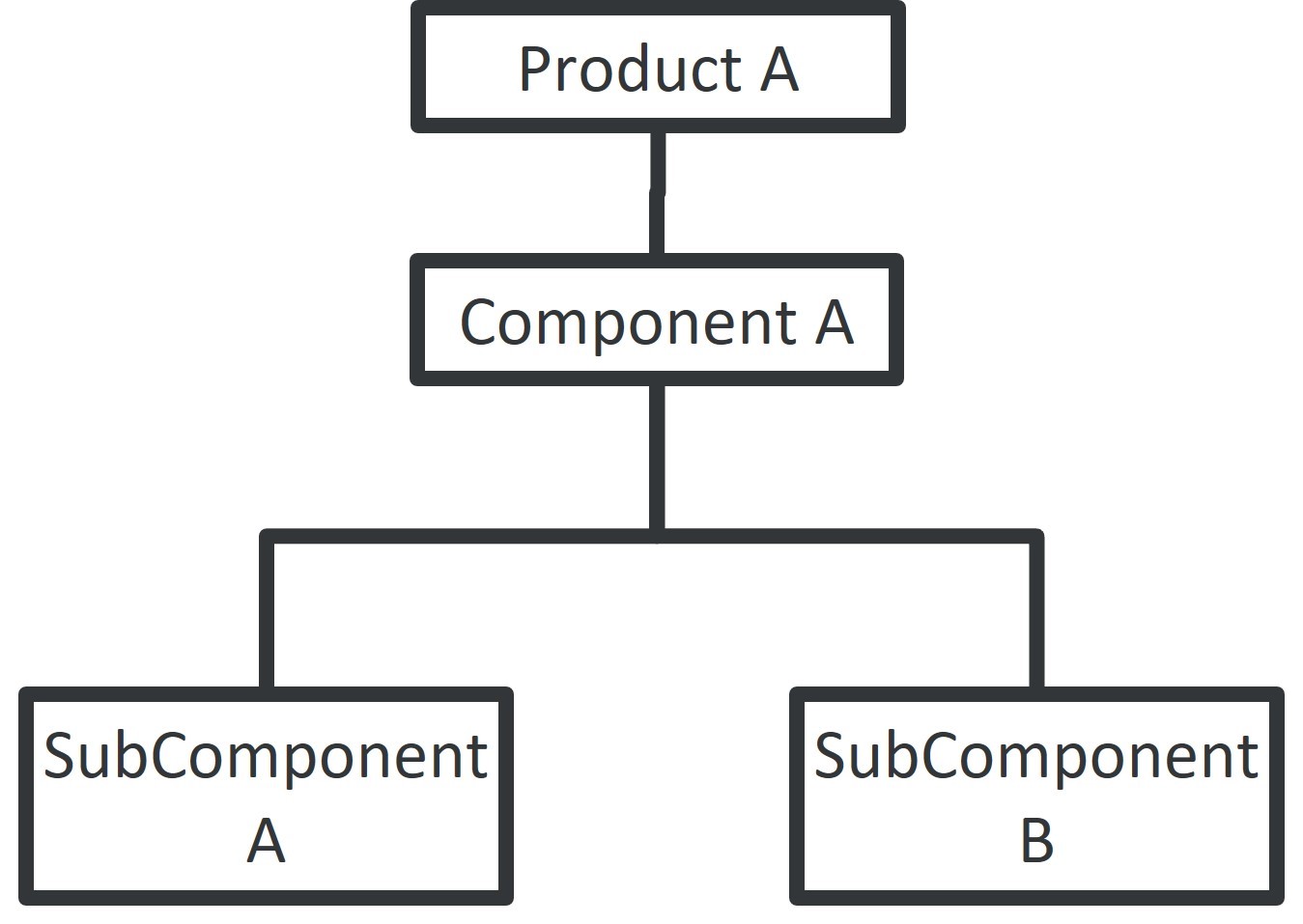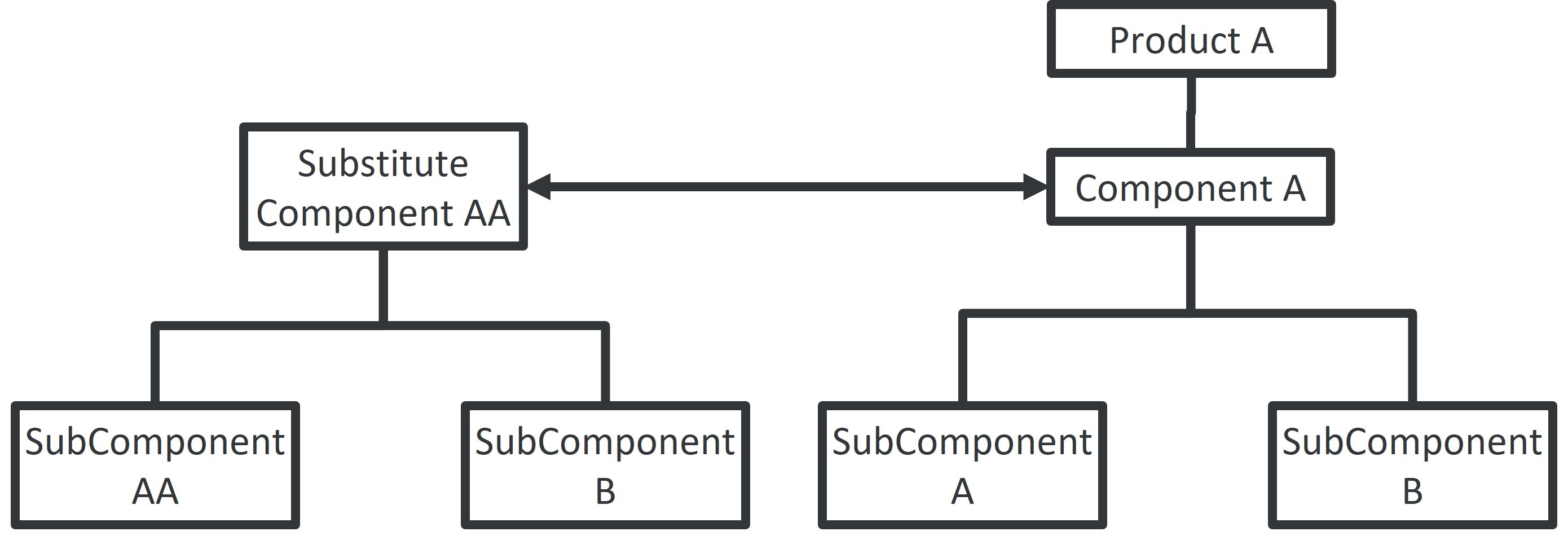 RapidResponse is a planning software with a lot of capabilities. Did you know that as part of the standard RapidResponse solution, Kinaxis also offers more specialized algorithms and solution extensions to fit specific needs?
RapidResponse is a planning software with a lot of capabilities. Did you know that as part of the standard RapidResponse solution, Kinaxis also offers more specialized algorithms and solution extensions to fit specific needs?
This two-part blog series will be highlighting one such algorithm: the automated sourcing intelligence, also known as multi-level search (MLS).
Introduction and motivation
Let’s say there’s a product with multiple levels in its bill of material (BOM), and each part has substitutes.
As the company planner, you need to plan supplies for it; but how do you decide which part source or substitute you should use? What if a child component has material constraints that you just found out about, and need to incorporate that into your plan? Maybe if you knew which sibling components were already allocated and arriving, you could also plan supplies so that components aren’t just sitting in storage taking up space if footprint is an issue. If the answers to these questions were known and accounted for, then perhaps on-time demand availability could be ameliorated.
Kinaxis currently offers a solution that can provide these types of considerations: automated sourcing intelligence (ASI), also referred to as multi-level search (MLS).
What is MLS or ASI
First off, what is MLS? In RapidResponse, the ASI is the solution offered to clients which is powered by MLS. MLS is an algorithm that searches through multiple levels of product structure for supplies, or ways to build supplies.
It is important to note here that MLS is a heuristic (rule of thumb) and not an optimization engine. It is however, a greedy (myopic) algorithm and attempts to go down the best path based on information seen at the time of processing. Best path refers to the specific bill of material path for each level in the product structure that MLS picks for each demand.
Brief explanation of Bill of Material and multiple levels of product structure (with substitutes)
For those who know very little about BOMs/supply chain: let’s say you have a product that has substitutable parts, and different levels like the figure below:

Now let’s say that Component A can have substitutes AA (Product A can be built differently) so then the BOM would look like this:

This would mean that your product can be built in different ways: if one part (e.g. Component A) is unavailable, then you can find a substitute (Substitute Component AA) that can be used instead, in order to meet your demand(s). If you have multiple substitutes for a part, the comprehensive product structure will quickly grow big, perhaps adding complexity in deciding which part source to use. Making sure the optimal substitute part source is picked to meet specific demands can be challenging in these situations but is something MLS was developed for.
How does MLS work on basic level?
Our next follow up question: How does MLS decide which substitute part is better for meeting demand?
Since MLS is a heuristic, it uses ranked objectives to decide which part would be better for each demand (best path). The first differing condition or objective between paths is the determining condition that MLS uses to decide the best path.
What exactly are the performance objectives of ASI/MLS?
ASI (MLS) has three overarching performance objectives:
1. Support interactive what-if scenarios
2. Empower planners to make effective decisions in real-time
3. And all together increases the agility of your supply chain
Although this sounds quite similar to the normal RapidResponse benefits, one benefit that differentiates MLS from the standard RapidResponse is the fact that it allows planners to see the component availability. Without MLS, components are assumed to be unconstrained, which could lead to over-commitment of components and lead to planning miscalculations.
In our next blog, we’ll go over the benefits of MLS. Thanks for reading and see you next time!


